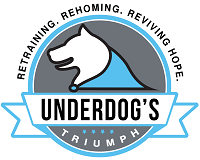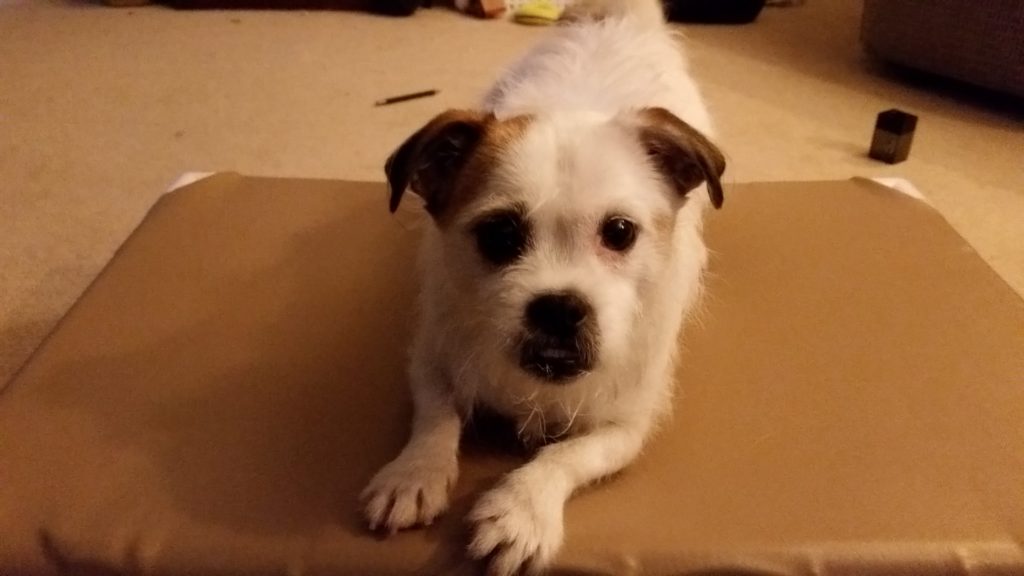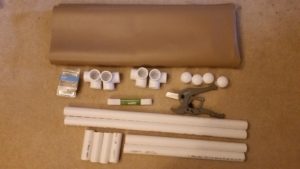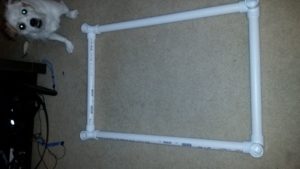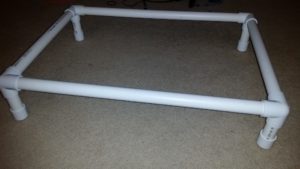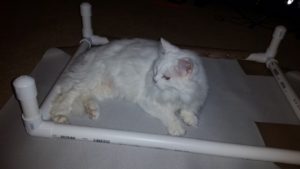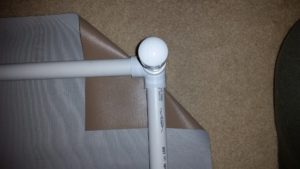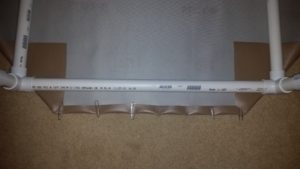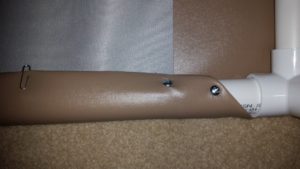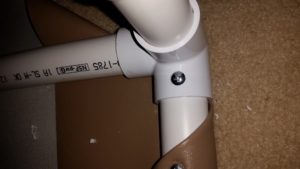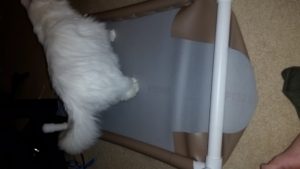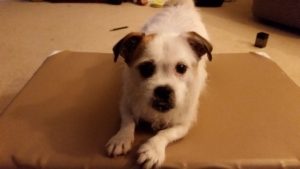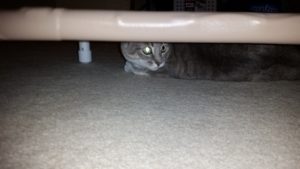Q: What is positive reinforcement training?
A: Positive Reinforcement is the “addition” (positive) of something that will make the behavior you want to happen more frequently (reinforcement). The power in this type of training is you are giving the dog a choice. And with that choice comes power. They get to “choose” to be with you, “choose” to have “good” manners” and “choose” to listen to you when you ask them to do something. We will reward and build value the behaviors we want aka “the good” and devalue and the ones we want to see less. When given the “choice” between a $100 bill and a $1. Which would you choose? It’s your choice.
A real world behavior is with my own dog (and TLC Alumni) Esther. One of the first things I taught her was how to sit and I reinforced the crap out of it. Anytime I saw her sitting, something awesome would happen. Now her default behavior when she isn’t sure what I’m asking her to do is to try a sit first. Doesn’t seem like much but it’s awesome! Why? A sitting dog can’t jump on guests, can’t steal a sock, can’t play keep away, can’t run away from you or into danger, etc. A sitting dog is a good dog.
Q: Okay, so rewarding “the good” with treats, won’t that make my dog fat?
A: A great question I get asked a lot, and a common reason why a lot of people are worried about training in this manner. The thing is, treats work on a scale. There are things your dog will do ANYTHING for (Esther’s favorite is CHEESE!) and things your dog still loves, but doesn’t go head over heels for (Esther also likes carrots and dry dog kibble).
You know that adage “Nothing in life is free?” Most people forget about kibble. You know how you dump a cup of dog food into the dogs bowl and walk away in the morning. Those kibble bits right there are “calorie free” missed opportunities for training. You were already going to give them to your dog anyways, so why not make him or her work for them. We play “games” every morning in my house with tricks and new behaviors we’re working on. It takes maybe 10 – 15 minutes, twice a day and for Esther’s 1/3 of a cup of kibble, we get 90+ chances to practice/learn!
Q: Wait… Isn’t that like bribing? But I want a dog who is loyal!
A: Another common myth about positive training. Let’s think about this in human terms. You go to work right? Hopefully you even enjoy the work you do. Now let’s say your work decides to stop paying you. No money, no high fives, no letters or awards. They just expect you to keep coming and keep working just as hard because you should be “loyal” to company. How many of you will be looking for new work and not just because it pays the bills?
The same is true with your dog. Once a behavior is trained you won’t need to give treats all the time. In fact there are many other rewards that aren’t treats you can “give” your dog for desired behaviors. Like have your dog sit before you open a door, the reward: access to the new place/area. Have your dog do a trick before you throw a ball in a game of fetch. If the dog would like to keep having fun, or gain access to a fun new area like the back yard, they will choose to do what you ask, because it gets them something awesome!
Conclusion:
That’s an introduction to what positive training is. All about choices and the value of reward that comes from making those choices. Most importantly these choices are free from any pain or discomfort to your dog, they are fun and make the bond between both of you strong because you do them together.
If you’d like to read more common myths about positive training methods, feel free to check out a blog by renown dog training Victoria Stilwell – Myth vs Fact
If you have other questions or comments, or myths you’d like dispelled please contact me. I’d love to hear from you!
